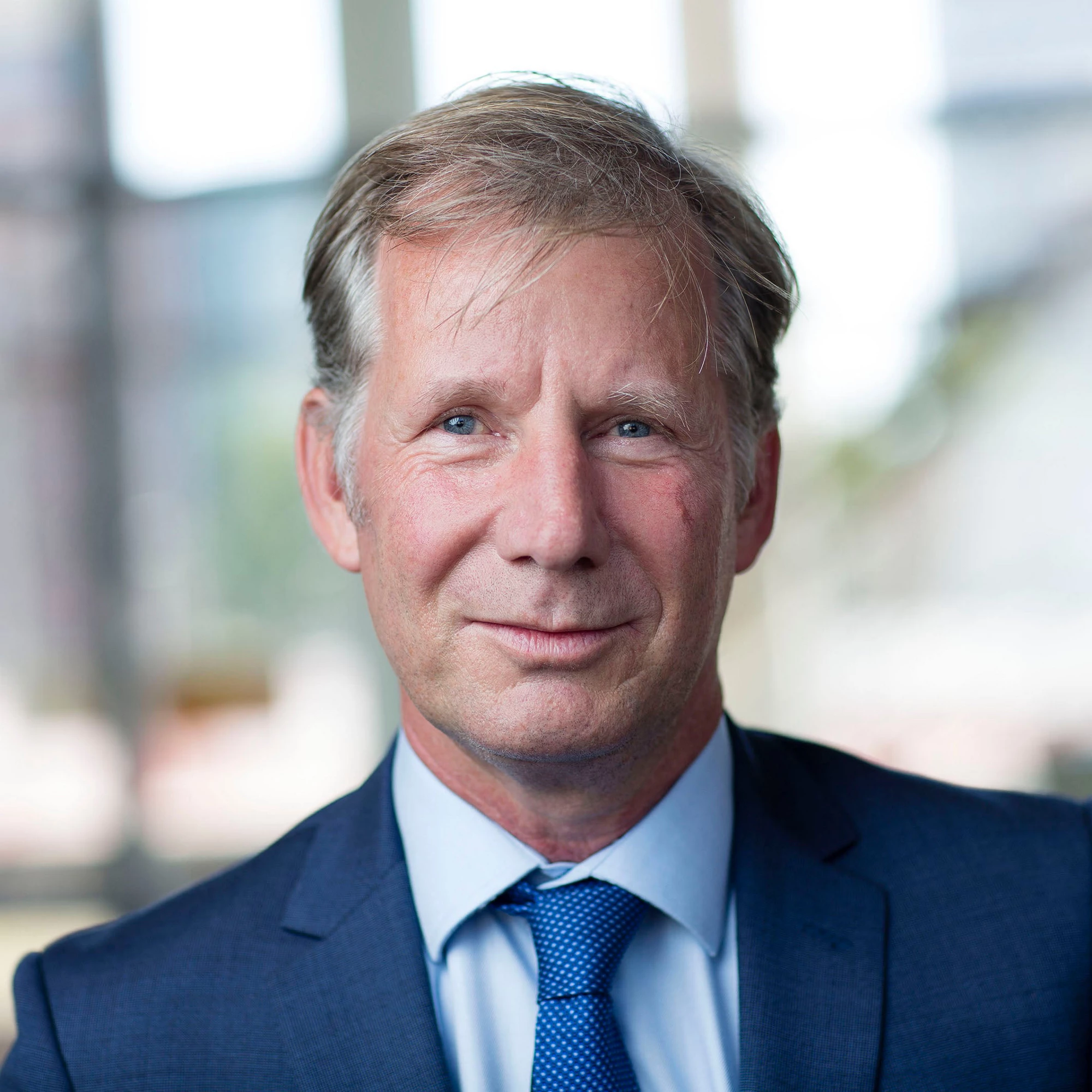 Parque Indomericano, Buenos Aires
Parque Indomericano, Buenos Aires
Also available in Español
As is the case in many capitals in Latin America and around the world, the City of Buenos Aires used every square meter to house the growing number of people. In this process the many natural streams draining the area were invaded. Flood plains were used to construct buildings. Streams were replaced by canals and tunnels, limiting the natural connection between surface and groundwater bodies. Water bodies were used to dispose of litter and sewage and the water was seen as a nuisance. This has led to a number of challenges now exacerbated by climate change and the city is struck more often by serious flooding causing damage to assets and paralyzing urban transport with strong impact on the more vulnerable people. In recent years, the city started to adopt nature-based solutions, with support from the World Bank. With Green Infrastructure the city intends to bring back the value added of water and optimize the co-benefits is relation to recreation, mitigation of heat islands and value creation.
Floods in the city have shown to cause not only asset damages but it paralyzes transport across the city, generating important negative impact on economic activities. People are not able to get to their jobs affecting in particular the more vulnerable depending on their daily income and do not have the economic resilience to cope with salary loss nor property damage.
The Flood Risk Management Support Project for the City of Buenos Aires supports a series of structural and non-structural measures within the City. The Bank financed Project is the continuation of a collaboration story with the City of Buenos Aires that started in 2006, with the development of a Hydraulic Masterplan. The Project strengthens the city’s efficiency in flood risk management by building capacity, raising awareness, and improving response to disaster, and improving the drainage systems of three key basins in the city. Structural measures include large gray infrastructure to increase drainage capacity towards the Rio de la Plata. Additionally, over the last years the city, with support of the Bank, has been successful to enhance positive impacts by incorporating Nature-based Solutions or Green Infrastructure. As a result of the initial pilots, the city is adopting an improved planning process, and profits from the multiple co-benefits generated by these interventions. Aside from increased retention capacity these interventions provide space to recreate and complement the urban ecological corridors. They are also expected to reduce the effect of heat islands and to improve the air quality. Additionally, as a result of the urban upgrading the Green Infrastructure is expected to create land value.
Throughout the Project’s implementation, the Bank team has assisted the city by sharing knowledge, experiences, and providing technical assistance from international experts on how to integrate Green and Gray Infrastructure in urban environments. Under the Project, Buenos Aires has been able to construct three reservoirs and retention ponds in two important parks, that are being used for recreational purposes, and flood risk management. The city is now seeking examples of good practices from other cities to further increase the positive impacts of these interventions, assessing other types of Green Infrastructure fitting dense urban areas. While looking for tools to help them plan, implement and maintain such interventions, and improve their designs, the government is also promoting citizen engagement, awareness and community ownership and participation in maintenance of these public areas. Aside from the Bank, Buenos Aires also gets support from important forerunners on urban green infrastructure as Copenhagen and the city of Rotterdam.



Join the Conversation